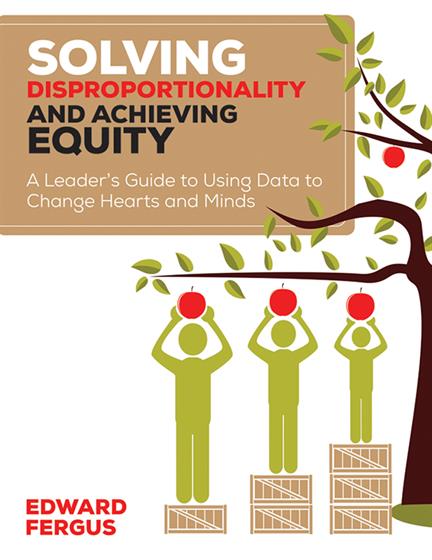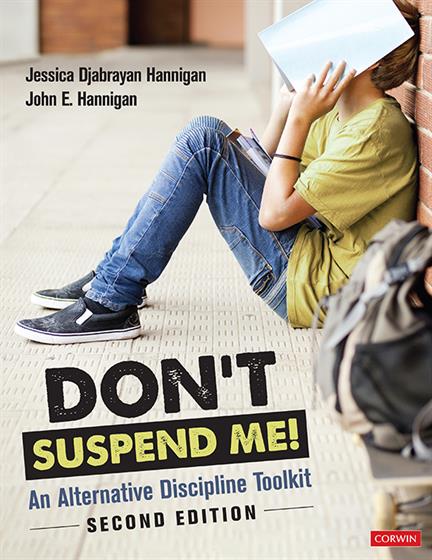Troublemakers? The Role of Frequent Teacher Referrers in Expanding Racial Disciplinary Disproportionalities
By Jing Liu, Emily K. Penner, and Wenjing Gao
Educational Researcher; 2023
This paper analyzes how a small group of educators in a large, diverse urban school district doubled the racial discipline gap in their schools; it also includes recommendations for how leaders can successfully address and mitigate such disparities.
In 2016, the U.S. Department of Education and Office for Civil Rights reported that Black K-12 students were 3.8 times more likely to receive one or more out-of-school suspensions when compared to white students. Black girls in particular received 13% of out-of-school suspensions despite representing just 8% of all enrolled students. Past research has highlighted how educators often treat Black students and students of color more harshly than white students for both major and minor offenses, but this paper is among the first to isolate and examine administrative data tracking the use of office discipline referrals (ODRs) to understand how and why such racial disparities arise.
Researchers discovered that just 1.7% of all teachers (called “top referrers”) were responsible for doubling the Black-White, Hispanic-White, and Multiracial-White referral gaps in their schools. Teachers in this group are more likely to be white, in middle school, and relatively new to the profession. Most of the referrals from those teachers are issued for interpersonal/defiance reasons, which previous research has shown to be more subject to bias. Importantly, on average only 25% of teachers identified as top referrers remain in that category in the subsequent year, and the number continues to drop when looking at three years and beyond, suggesting that top referrer practices are mutable. Targeted interventions and supports for these teachers are likely to help, but administrators need to track referring behaviors to identify where professional development is most needed.
Related Titles



Resources
- Lead researcher Jing Liu and AERA have posted a YouTube video discussing their findings. You can watch it at the following link: Jing Liu Discusses Major Study Findings and Implications - opens in a new tab
- In the Conclusion and Discussion section, researchers mention a promising study on empathic mindsets and reduced punitive actions. That study is freely available at the following link, via the Proceedings of the National Academy of Sciences website: Brief intervention to encourage empathic discipline cuts suspension rates in half among adolescents - opens in a new tab
Reflection Questions and Next Steps
- Begin by reading the introduction and “Literature Review” sections, which offer an excellent primer on racial disparities in disciplinary action. In specific, take note of the multiple factors that contribute to such disparities and write them down. Do you recognize any of these factors in your schools? Which ones?
- Note that this study was only possible because particularly detailed administrative data was available for this district. Does your school track race and gender information in its disciplinary data for both teachers and students? If not, what do you need to begin that practice?
- What resources do your teachers currently have that help them navigate interpersonal issues in the classroom? Do you offer discipline-related training for your teachers that explicitly considers race and gender?